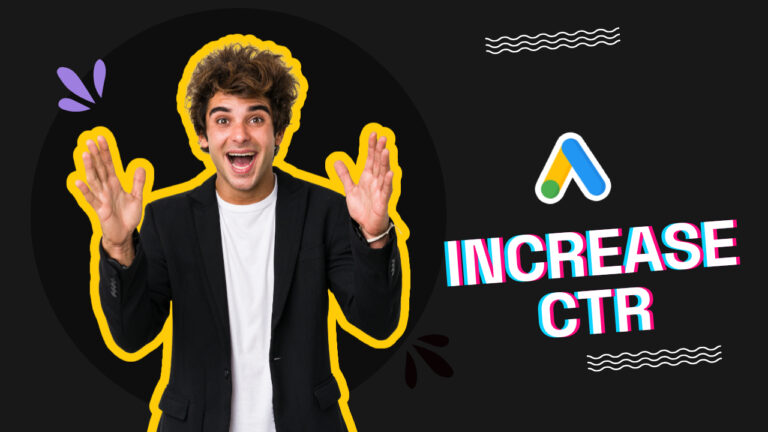On-page SEO is an essential part of any successful search engine optimization (SEO) strategy.
It refers to the various elements and factors that you can control and optimize on your website to improve its ranking and visibility in search engine results pages (SERPs).
By improving your on-page SEO, you can increase the chances that your website will rank higher in the SERPs, and drive more traffic and conversions for your business.
In this article, we will discuss 10 steps for improving your website’s on-page SEO, including examples and best practices.
1. Keyword Research
To improve your on-page SEO, it is essential to conduct thorough keyword research to identify the keywords and phrases that are relevant to your business and the products or services that you offer.
You can use tools such as Google Keyword Planner or SEMRush to help you identify popular and effective keywords for your website.
For example, if you are a dentist, you might use keywords such as “dental care,” “teeth whitening,” or “dental implants” in your website’s content and meta tags.
2. Title and Meta Tags
The title and meta tags of your website’s pages are crucial for improving your on-page SEO. The title tag should include your primary keyword and should be no more than 70 characters long.
The meta description should include your secondary keywords and should be no more than 160 characters long.
For example, the title and meta tags for a dental website might look like this:
Title tag: “Dental Care – Teeth Whitening, Dental Implants, and More”
Meta description: “Looking for high-quality dental care? We offer a range of services, including teeth whitening, dental implants, and more. Contact us today to schedule an appointment.”
3. Heading Tags
Header tags, such as H1, H2, and H3 tags, are important for organizing and structuring your content.
The H1 tag should include your primary keyword and should be used for the main title or heading of the page.
The H2 and H3 tags should include your secondary keywords and should be used for subheadings and sub-subheadings.
For example, a dental website might use header tags like this:
H1: “Dental Care – Teeth Whitening, Dental Implants, and More”
H2: “Teeth Whitening”
H3: “Types of Teeth Whitening”
H3: “How Teeth Whitening Works”
4. Optimise Images & Videos
Images and videos can also play a crucial role in improving your on-page SEO. Make sure to use relevant and descriptive file names for your images and videos, and include your primary and secondary keywords in the alt text and title attributes.
For example, an image of a dental implant might have a file name like “dental-implant.jpg” and alt text like “Dental implant at our clinic.”
This will help search engines understand the content of your images and videos, and improve their ranking in the image and video SERPs.
5. Internal Linking
Internal linking, or linking to other pages on your website, is an important on-page SEO technique. By linking to other pages on your website, you can help search engines understand the structure and organization of your content, and improve the crawling and indexing of your website.
Make sure to use relevant and descriptive anchor text for your internal links, and avoid using excessive or irrelevant links.
For example, a dental website might use internal links like this:
Link: “Learn more about teeth whitening”
Anchor text: “Teeth Whitening”
6. External Linking
External linking, or linking to other websites, can also help improve your on-page SEO.
By linking to authoritative and relevant websites, you can improve the credibility and value of your content, and show search engines that your website is a valuable source of information.
Make sure to use relevant and descriptive anchor text for your external links, and avoid linking to low-quality or spammy websites.
For example, a dental website might use external links like this:
Link: “Read more about dental implants on the Dental Association website”
Anchor text: “Dental Association of New Zealand”
7. Page Speed
The loading speed of your website is an important factor in determining its ranking in search engine results pages.
Make sure to optimize your website’s loading speed by reducing the size of your images and videos, minifying your CSS and JavaScript files, and using a content delivery network (CDN) to distribute your content.
You can use tools such as Google’s PageSpeed Insights or Pingdom to test and improve your website’s loading speed.
8. Socialise
Social media can also play a crucial role in improving your on-page SEO. By sharing your content on social media platforms, you can increase its visibility and reach, and improve its ranking in the SERPs.
Make sure to include social media sharing buttons on your website, and encourage your visitors to share your content on their own social media profiles.
You can also use social media advertising to target specific demographics and interests and improve the visibility of your content.
9. Monitor
Finally, to effectively improve your on-page SEO, it is essential to monitor and analyze your results. Use tools such as Google Analytics or Ahrefs to track the performance of your website, including its traffic, ranking, and engagement metrics.
This will help you understand which on-page SEO techniques are working, and which ones need to be improved. Based on this information, you can adjust your on-page SEO strategy and continue to improve your website’s ranking and visibility.
To conclude, on-page SEO is an essential aspect of any website’s search engine optimization strategy. By following these 10 steps, you can improve your website’s ranking and visibility in the SERPs, and attract more qualified traffic to your website.
Remember to conduct thorough keyword research, optimize your title and meta tags, use header tags, optimize your images and videos, use internal and external linking, optimize your website’s loading speed, use social media, and monitor and analyze your results.






